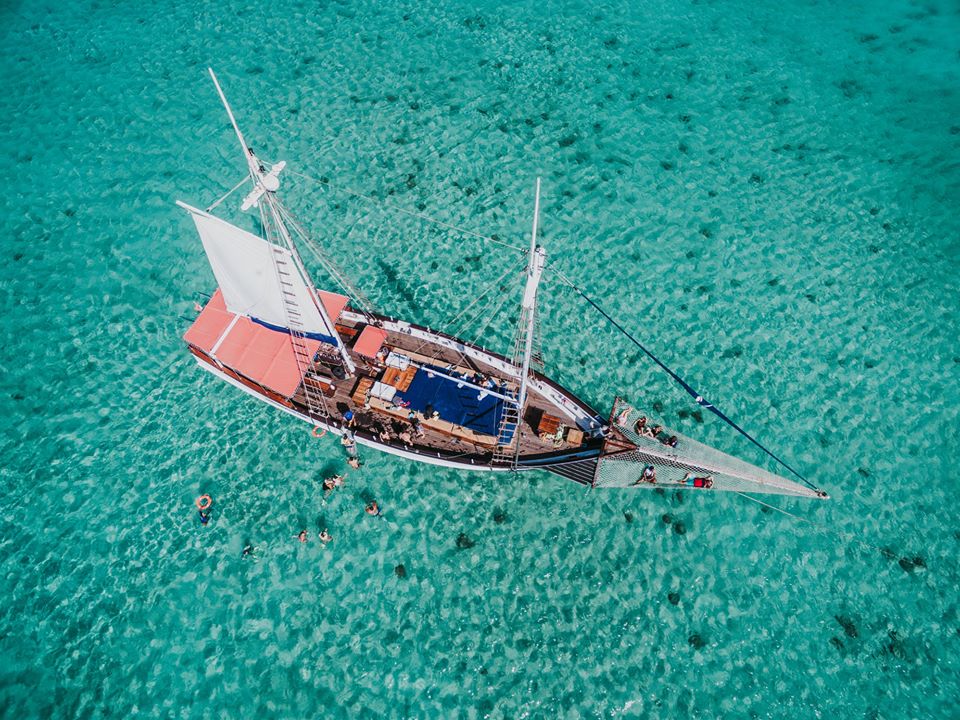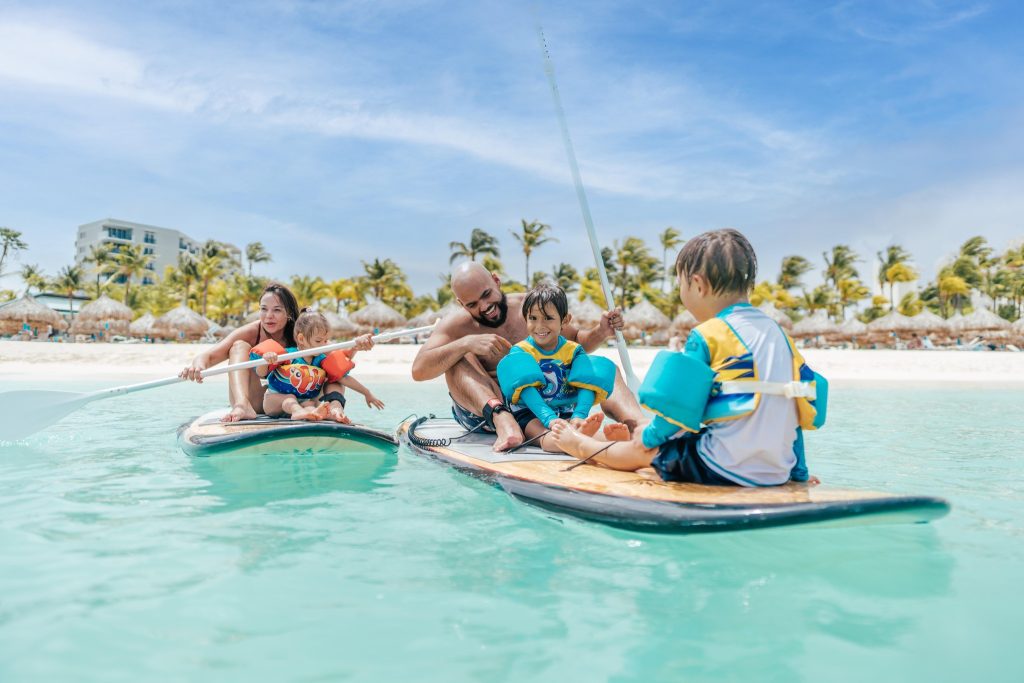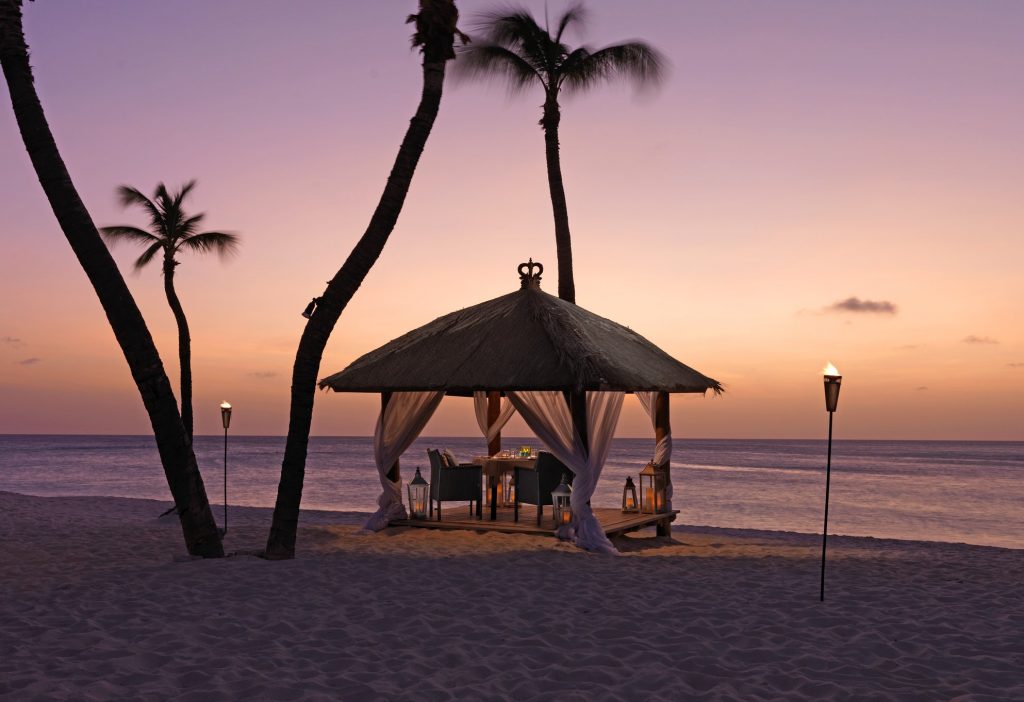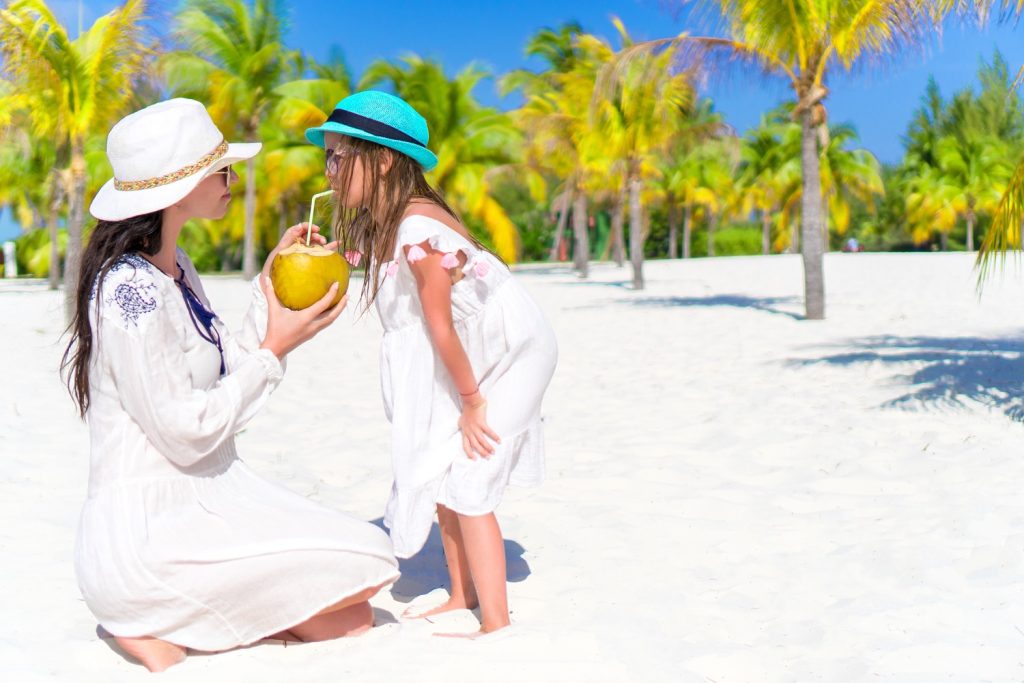Aruba’s stunning white shores are an undeniable natural treasure that have beckoned visitors for centuries. Some of these visitors were a rowdy, rum-soaked lot who traversed the high seas looking for nothing more than vast treasure and memorable adventures.
No! I’m not talking about Carnival’s Senior Cruise Line (although you can trust me when I tell you that you DO NOT want to stand between my Meemaw and her lucky slot machine), the visitors I’m referring to are the pirates of the Colonial age.
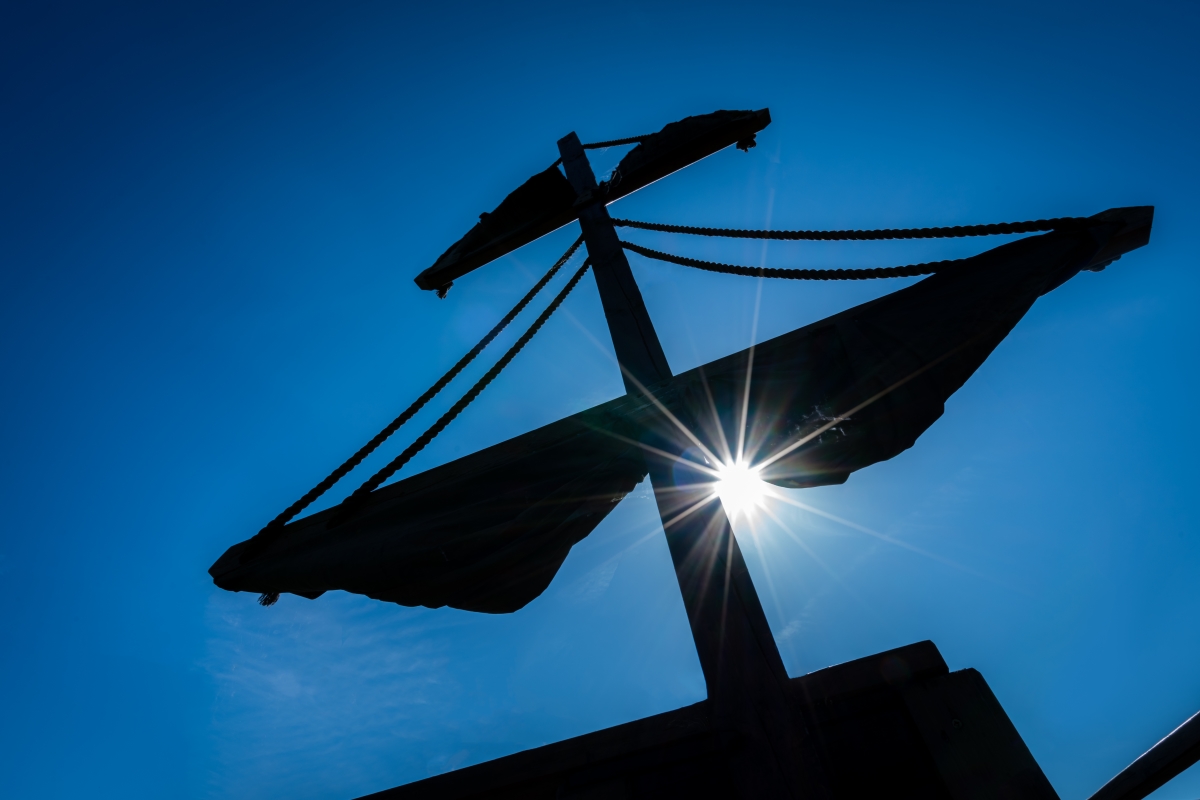
The Caribbean was a veritable hotbed of activity during the Golden Age of Piracy. The dual appeal of calm waters and hidden lagoons along Aruba’s coastline made irresistible hiding places for pirate ships to lurk – waiting for unsuspecting merchant ships to pass by for plundering.
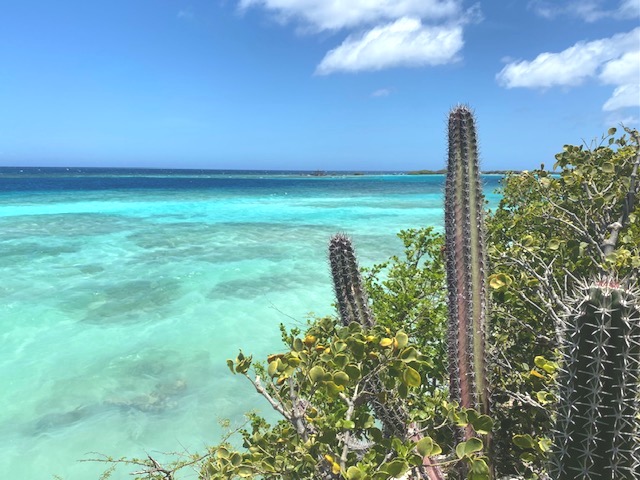
Once the dreaded scourge of the open seas, pirates have made a spectacular comeback in popular culture during the 21st century. From Captain Hook and Jack Sparrow to this rousing Sea Shanty rendition of AWOL Nation’s Sail, pirate lure captures our fancy and conjures visions of chasing the horizon with a parrot on our shoulder and a strong drink in our hands.
Since September 19th, ‘Talk Like A Pirate Day’, here are some facts about pirates that are sure to put wind in your sails:
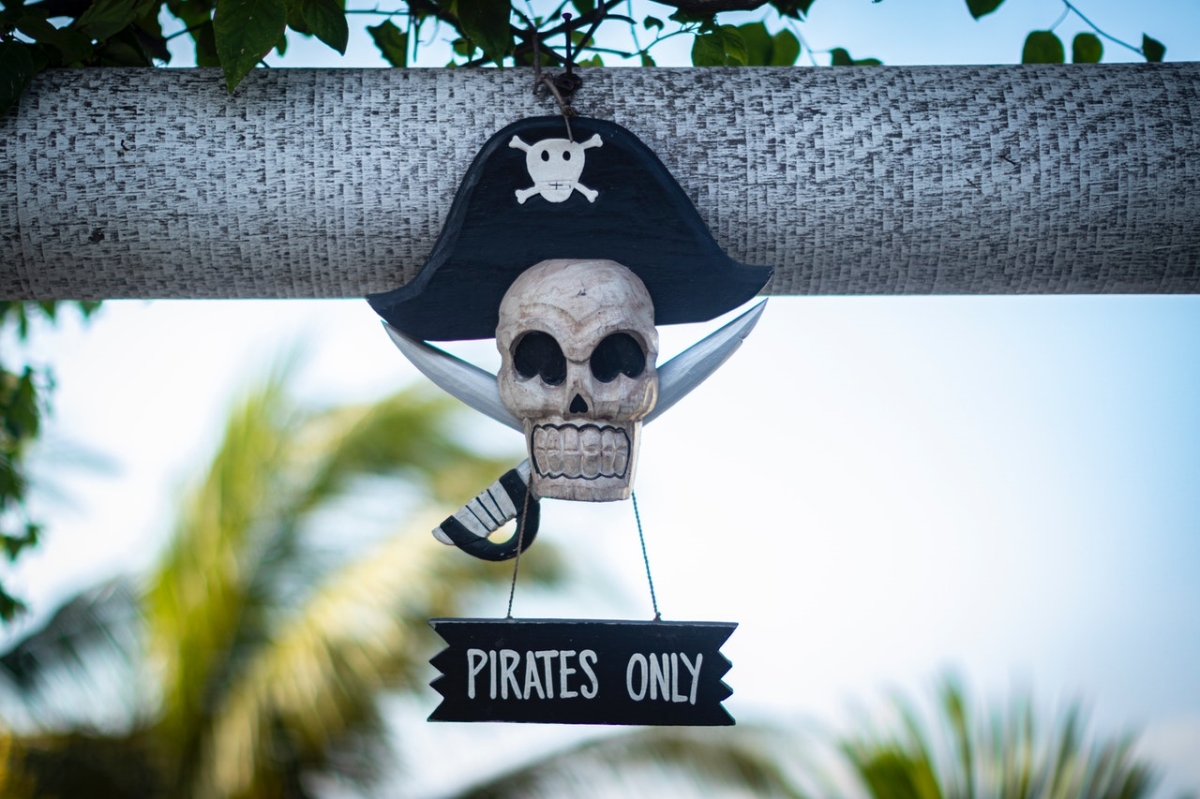
1. Piracy is one of the oldest professions.
Ahhh….Human nature. Ever since people began to collect stuff, there have been other people who wanted to relieve them of said stuff. Early records of pirate activity date back to the 1st century BCE, when a young Roman nobleman was captured for ransom on the Aegean Sea by a motley crew of Cilician pirates. That Roman’s name was Julius Caesar and those unfortunate pirates came to rue the day they messed with the man who would be Emperor.
According to Plutarch’s Parallel Lives, Julious Caesar refused to behave like a hostage, ins isting he was worth a higher payment for his release than originally intended, endlessly boring the crew with epic poems and orations of his own composition and upon his return to Rome, ultimately caught and literally crucified his captors.
Even today, pirates are active in some parts of the world and most parts of the internet.
2. Pirate ships were a microcosm of democracy.
A popular misconception, inspired by fiction, is that Pirate Captains were ruthless tyrants that treated their crew like seascum. In actuality, pirates voted on everything – including changes in leadership – and shared their plunder equally among the crew while the Captain took two shares.
It was actually merchant and naval ships that mistreated their crews. So much so, that many men left a life of legitimate sailing to throw their triquatered hats in with the scallywags. Many men chose a brief stint as a pirate, amassed a small fortune and then retired to the land to respectfully live out the rest of their days.
3. Pirates used psychological warfare and shady battle tactics.
One of the most fearsome things a lookout could spot from a crow’s nest was a Jolly Roger, dancing on the breeze, atop an oncoming ship’s mast. Worse yet, was a friendly flag being replaced by the dreaded skull and crossbones when it was too late to change course. Pirates were famously…well, pirates. They didn’t play by any rules but their own and were definitely not above cheating to win.
Robert Trent (aka Blackbeard) was so adept at scaring the bejesus out of ships he set his sights on, that he and his crew were often able to conquer a ship without firing a single musket. Blackbeard was notorious for weaving hemp cords into his beard and lighting them on fire as he approached an enemy ship. The sight of him, wild-eyed, with cinders and smoke wafting from his facial hair, under the wide brim of his jet-black, plumed hat was enough to make many stout-hearted sailors abandon ship without a fight and take their chances on the open sea.
4. Pirates wore eye patches for practical purposes.
Did you ever wonder why pirates are so often depicted sporting eye patches? It wasn’t because of a rash of hook-handed, eye-scratching incidents. Below decks, ships are very dark so pirates would wear an eye patch so that one eye would be instantly acclimated to the murky light below decks.
5. Polly wants a pirate.
When their travels would take them to tropical ports, pirates would smuggle exotic birds to Europe – where they were all the 17th-century rage. Since ships aren’t a great place for traditional pets, especially chatty parrots made fine feathered companions for those seemingly endless days at sea.
6. The rum was never gone.
Pirates ships are known for many things, however, with a few notable exceptions, fine dining isn’t one of them. Freshwater, stored in barrels, quickly gets dangerously stagnant and unappealing. Thankfully, the high alcohol content in rum has antiseptic purposes, as well as putting a skip (or possibly stagger) in your step.
Pirates created an early version of rum punch, called grog, that was a combination of water and rum mixed with sugar and limes – if possible. Rum was such a staple on pirate ships that each member of the crew was allotted a half pint of rum mixed with a quart of water twice a day – once in the morning and one at night. That’s more than 10 shots of rum, per pirate, per day! Argh indeed.
Check out this recipe if you dare unleash your inner buccaneer.
7. Superstitions abound on the sea.
Sailing the seas before the days of GPS and satellite weather was fraught with peril. Most sailors have superstitions, but pirates took their superstition game to a whole other level. A figurehead of a naked woman or mermaid on the bow of the ship was good luck but changing the name of the ship was a harbinger of bad luck.
Whistling, women, redheads and bananas were considered bad luck, as was saying the word: pig. Voyages were never started on a Friday or on the first Monday in April and every crew member was sure to step on the ship with his right foot first – never the left. Black cats, tattoos and piercings were considered lucky charms and pirates often tossed coins into the ocean as they left port, to gain favor and safe passage from the sea gods.
8. Pirates didn’t often bury their treasure.
This one’s a bummer for anyone who ever dreamed of taking a metal detector to Aruba’s sunny shores and unearthing a wooden chest laden with gold and jewels. Contrary to what Hollywood would have you believe, most of the booty pirates raided from merchant ships were perishables and items that could be sold, such as fabric and lumber. Most of the coins they plundered were immediately spent on hard liquor and soft women.
If pirates were lucky enough to land a large score of riches, they’d often take leave of the sea and retire to a comfortable life on land. There are notable exceptions, however: check out this local Aruban urban legend of Perucho and the pirate gold.
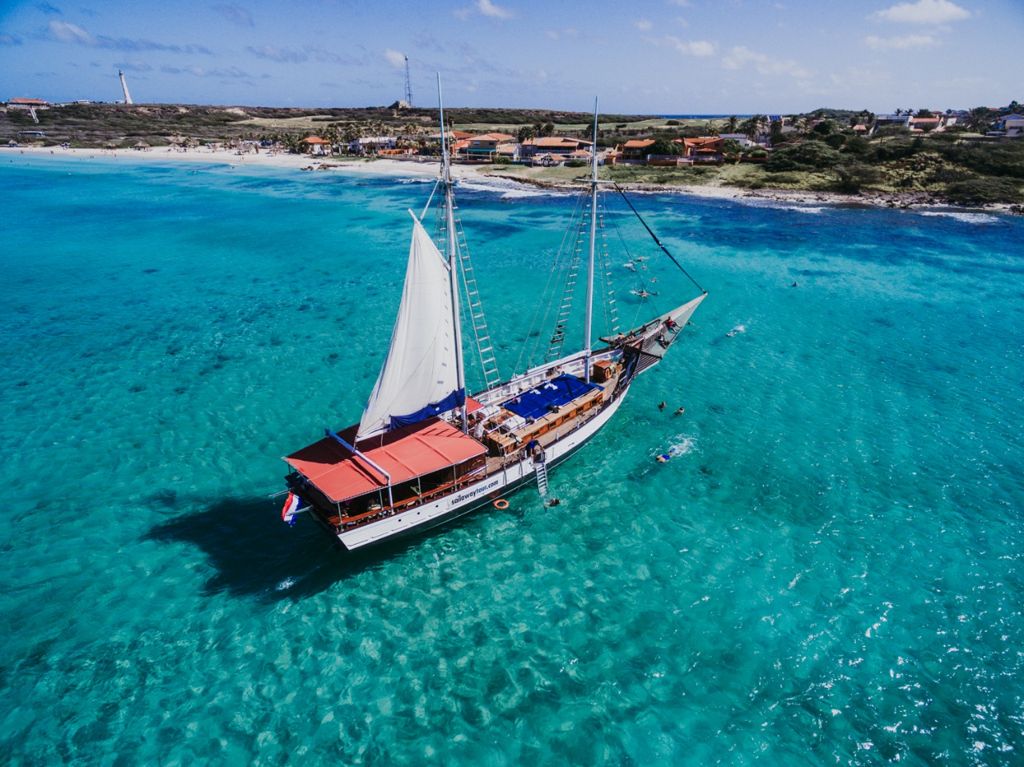
When you visit Aruba, you probably won’t stumble upon a hoard of pirate booty, but you’re sure to leave with a wealth of treasured memories.
Main featured photo by Sailaway Tour Aruba


